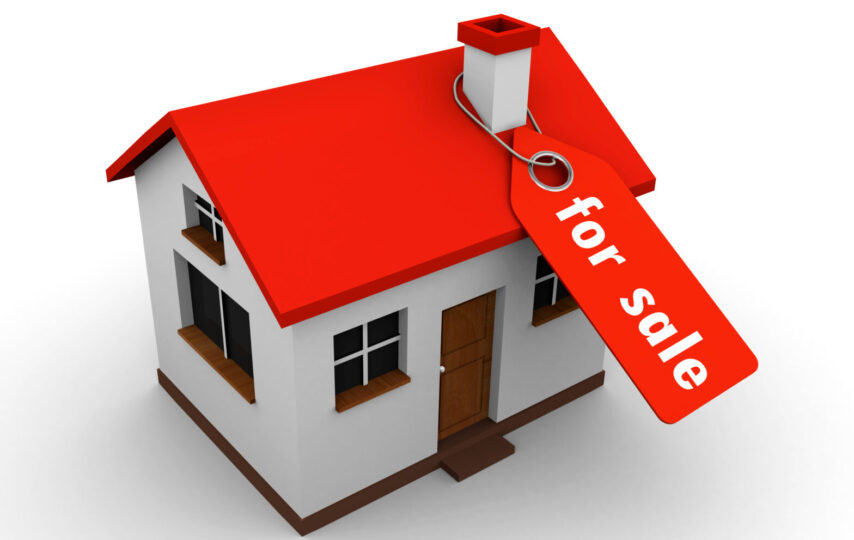If you’re thinking about selling your property in Australia, you’ll want to know exactly what steps you need to take in order to do so properly. A conveyancer can help you with some of these necessary procedures, but here are some of the most important things to remember about the steps of selling property in Australia before you start working with a real estate agent or other property professionals.
Get yourself and your property prepared for the sales process
The first step is for you to set your property up for sale. This involves making sure that it looks its best, both inside and out. It is also important to get all of your documents together and organised so you can present yourself and your property well during negotiations. Organising yourself will make negotiations go more smoothly and increase your chances of getting a good price. Here are some other tips on preparing your property
Choose a real estate agent
Without a doubt, there are plenty of shady real estate agents out there. But if you’re going to sell your home, you need someone who’s trustworthy and knowledgeable. Before you pick an agent, ask friends or colleagues for recommendations. Then ask them how they were able to trust their agent through stressful situations. Also make sure your agent is a member of a professional association; that’s a good indicator that he or she has taken time to learn best practices and build relationships with other local professionals who can support them during tough times.
Formalise the agency agreement
It’s a good idea to formalise any agency agreement by having both parties sign an agreement. This should set out how you will be paid, how much money each party is expected to put into marketing and promotion, and exactly what is required of both parties. There are two ways to structure agreements—either as profit-sharing or fee-for-service—each with their own pros and cons. For example, if you use a profit-sharing model with a buyer’s agent, it could incentivise them for finding buyers for multiple properties in your portfolio instead of just one (or none). On the other hand, many buyers prefer paying a single fee rather than receiving a slice of their commission back from their agents at settlement time.
Prepare the vendor’s statement and contract of sale
Once you’ve found a buyer and agreed on a price, it’s time to turn your attention to preparing your end of sale. A vendor’s statement is essentially an income and expense report for your home, outlining how much you own on a mortgage, what you owe on other expenses like council rates and which appliances are included. Next up is the contract of sale (or purchase). This outlines what conditions must be met during settlement—generally that any repairs needed before settlement are made. It also details when payment will be made (i.e., at what stages), if there is any negotiation between parties after signing and if there will be an inspection done by either party at a later date.
What does a conveyancer do?
A conveyancer is responsible for all legal aspects of a property sale, from preparing documents to ensure everything runs smoothly, up until completion and settlement. Before settlement can occur, there are several tasks that must be completed. These include preparing contracts for purchase and sale; taking instructions about these terms from both buyer and seller; drawing up deeds; making payments on behalf of clients; verifying title matters on behalf of buyers and sellers (for example, checking searches) and ensuring everyone involved complies with their obligations during a deal. In many states of Australia only registered practitioners who have met specific competency requirements may undertake work as conveyancers. However any documents prepared by an unqualified person would usually still require approval or certification by a qualified professional before they could be used in court.
Finding and Choosing a Conveyancer
A conveyancer is a lawyer who deals with property law, especially as it relates to buying and selling land and real estate. Conveyancers will help you complete a contract for sale, check any clauses you want changed, work with an auctioneer if there’s a need for one, act as your legal representative when dealing with lawyers representing other parties and help finalize documentation. It’s important that they have experience selling residential real estate.
How to choose the right conveyancer
Look for conveyancers who have experience selling property like yours. Ask your lawyer for recommendations, check reviews and make sure that you can meet with them face-to-face. How do they prefer to communicate? Do they want you to use email or are they more comfortable using a phone call? If it’s the latter, will you have access to a landline or cell phone where you can reach them directly without going through their assistant? It’s also worth asking about their turnaround time – how long it usually takes them to communicate with sellers once they have all of your information. In some cases, that may be as soon as 24 hours; other conveyancers may require several weeks before responding.
Hiring your Conveyancer
With so many conveyancers (lawyers) out there, it’s important that you shop around for a conveyancer that best suits your needs. The first step is deciding what you actually need from your conveyancer. For example, do you just need someone to deal with your property transfer or do you also want them to assist with settling other legal issues like estate planning? Be sure to find a conveyancer who has experience dealing with overseas property transfers too. After all, it may be hard for local companies working on Australian real estate deals if they aren’t used to dealing with foreign clients and they may require more resources than a company that deals with foreign clients regularly.


